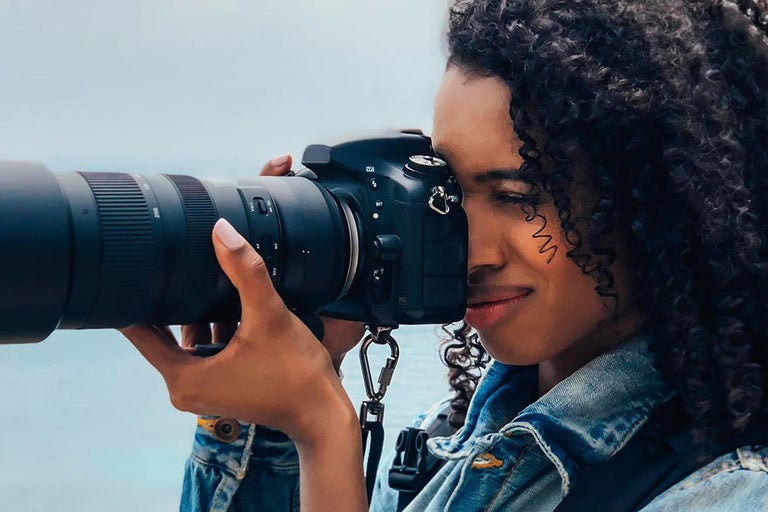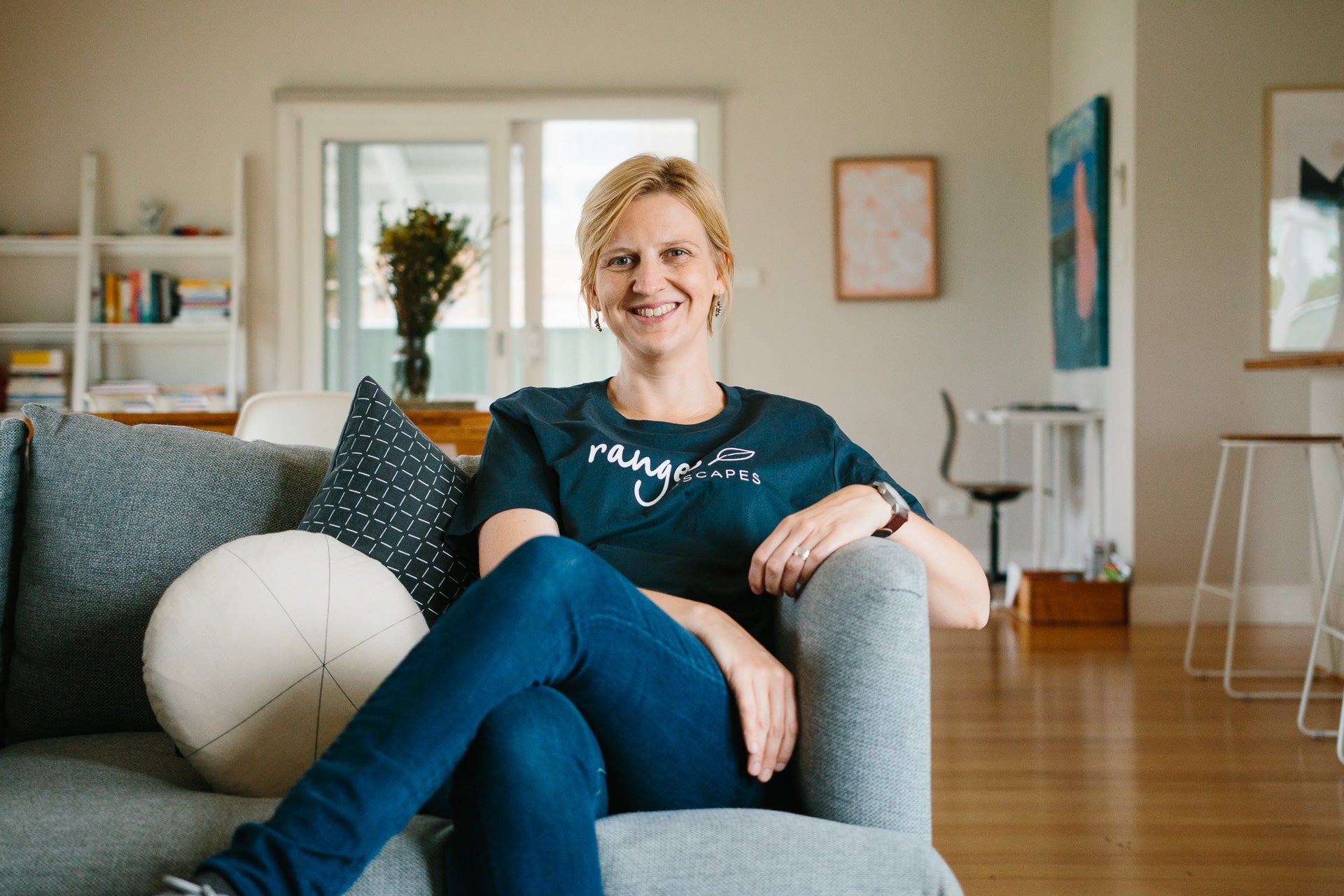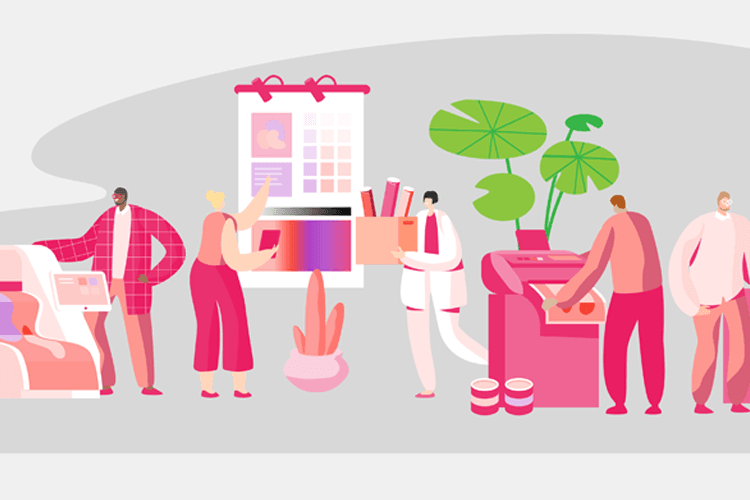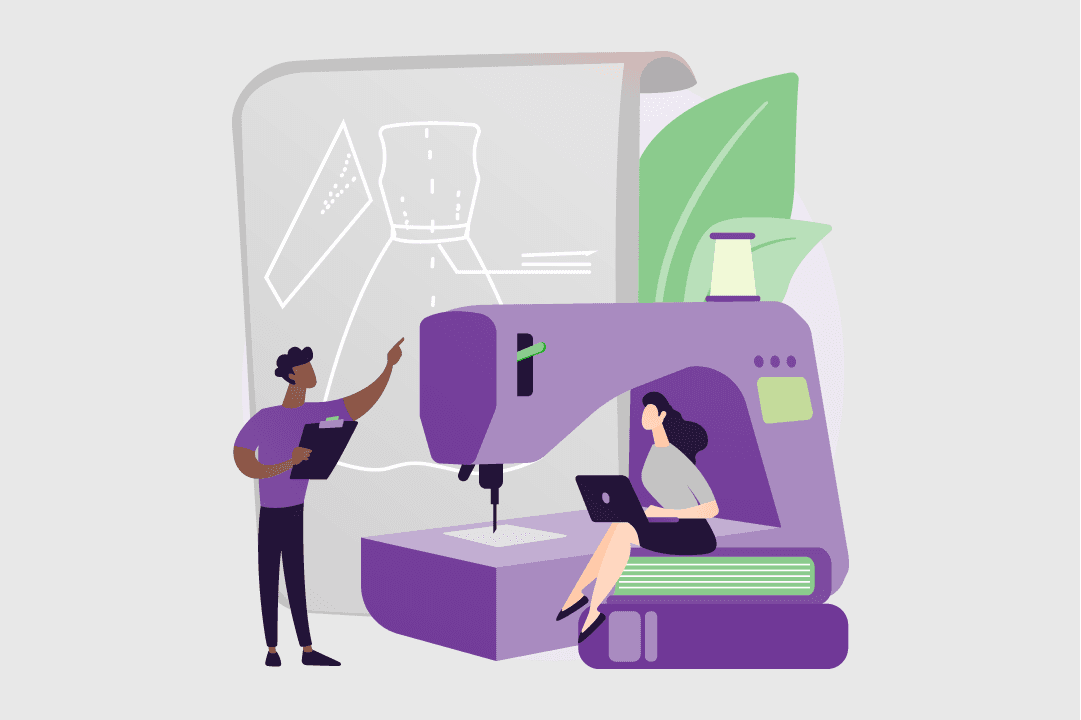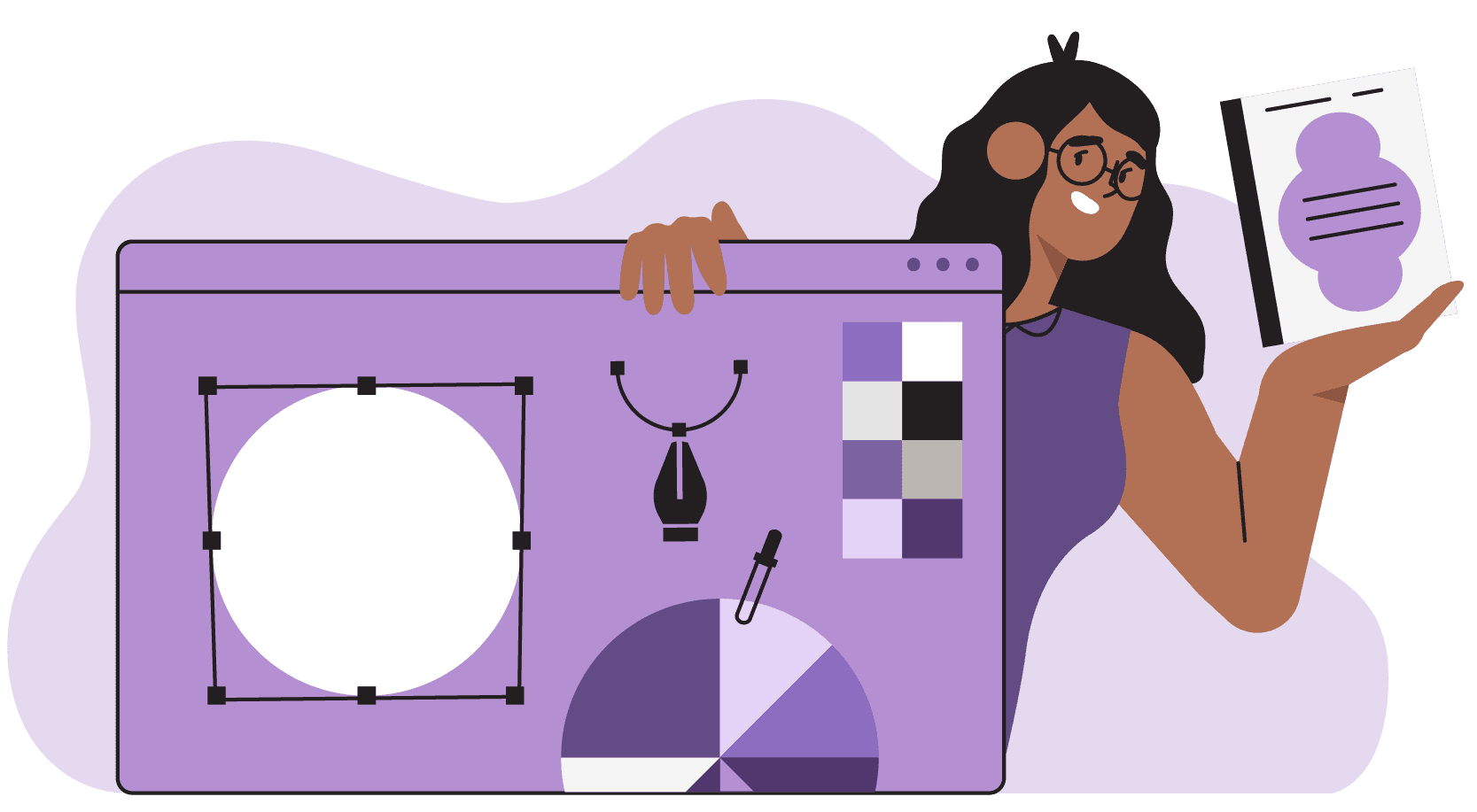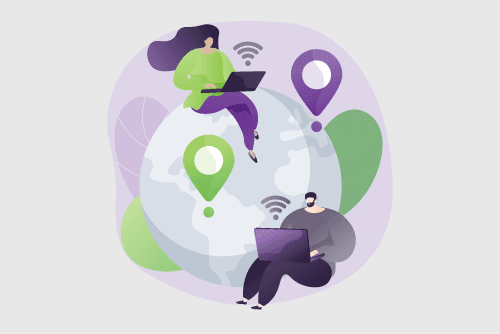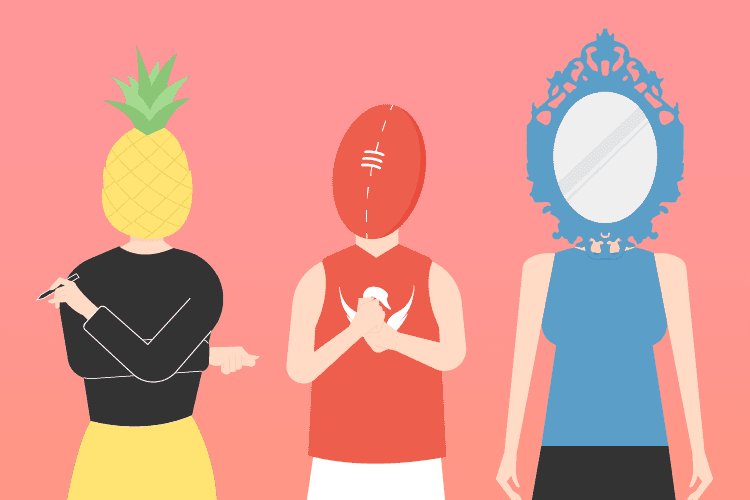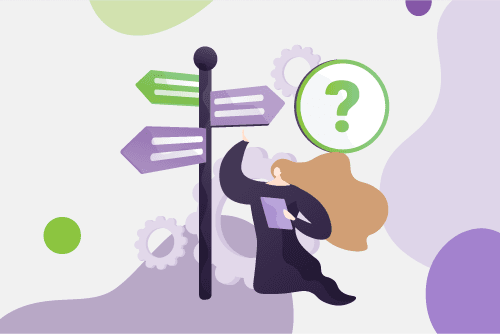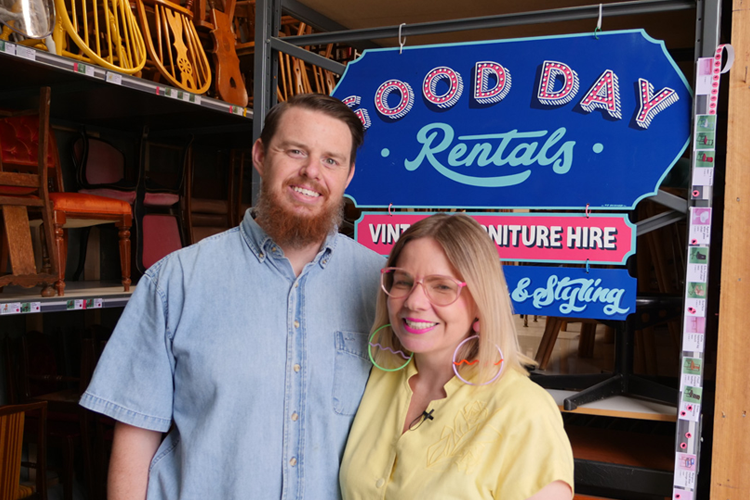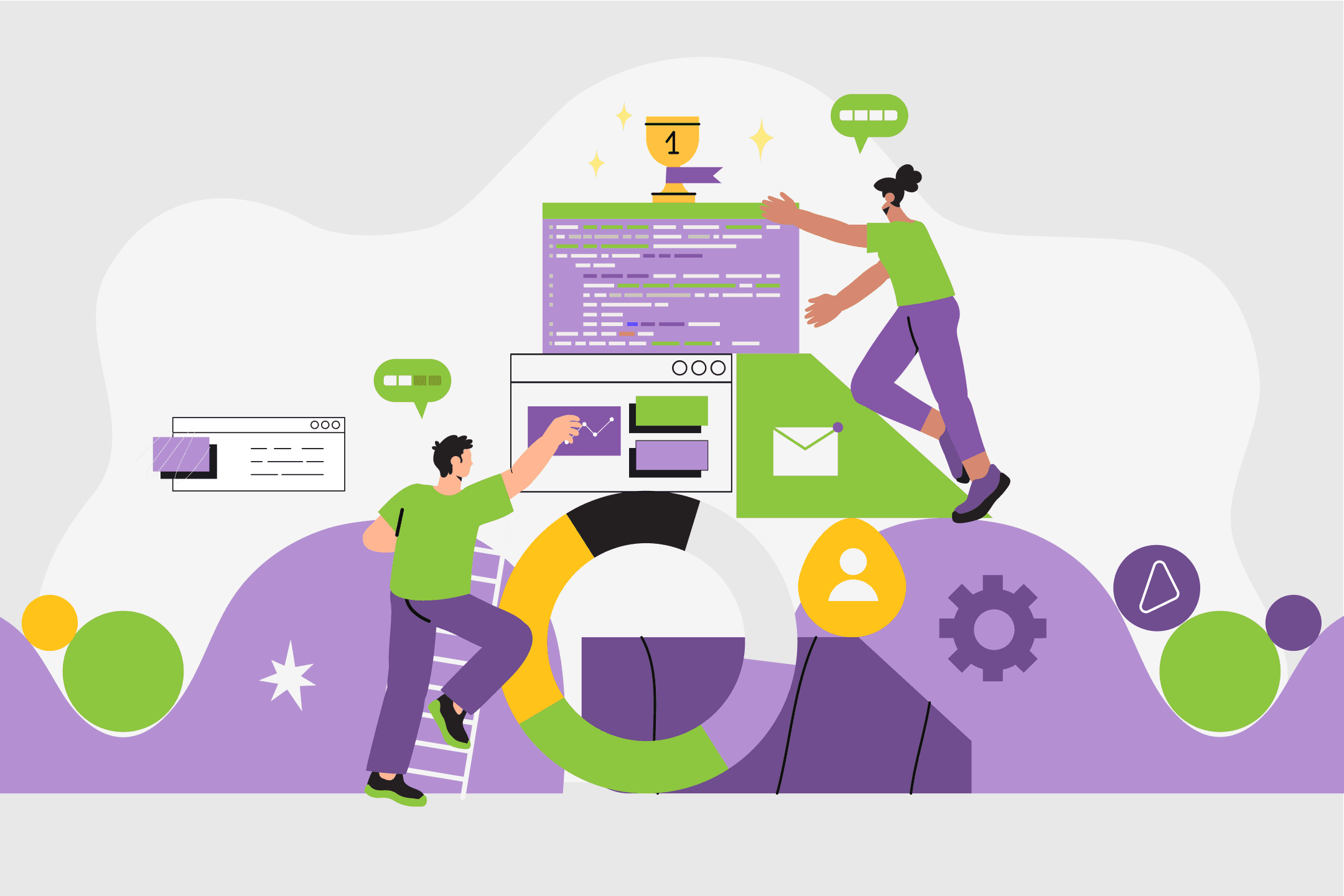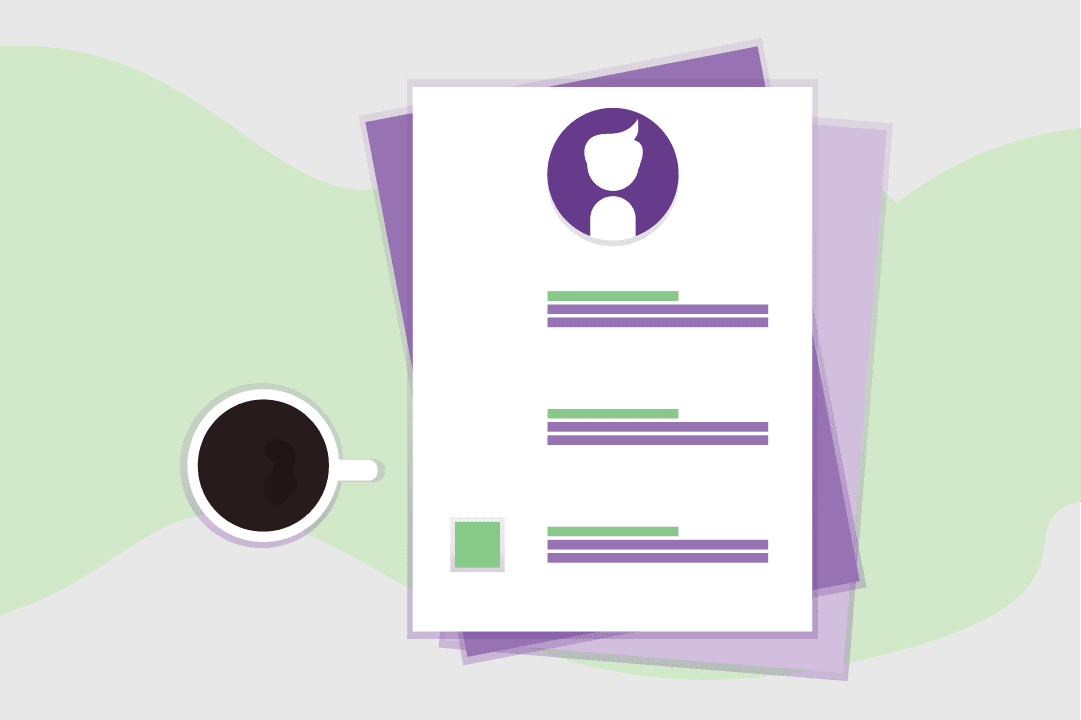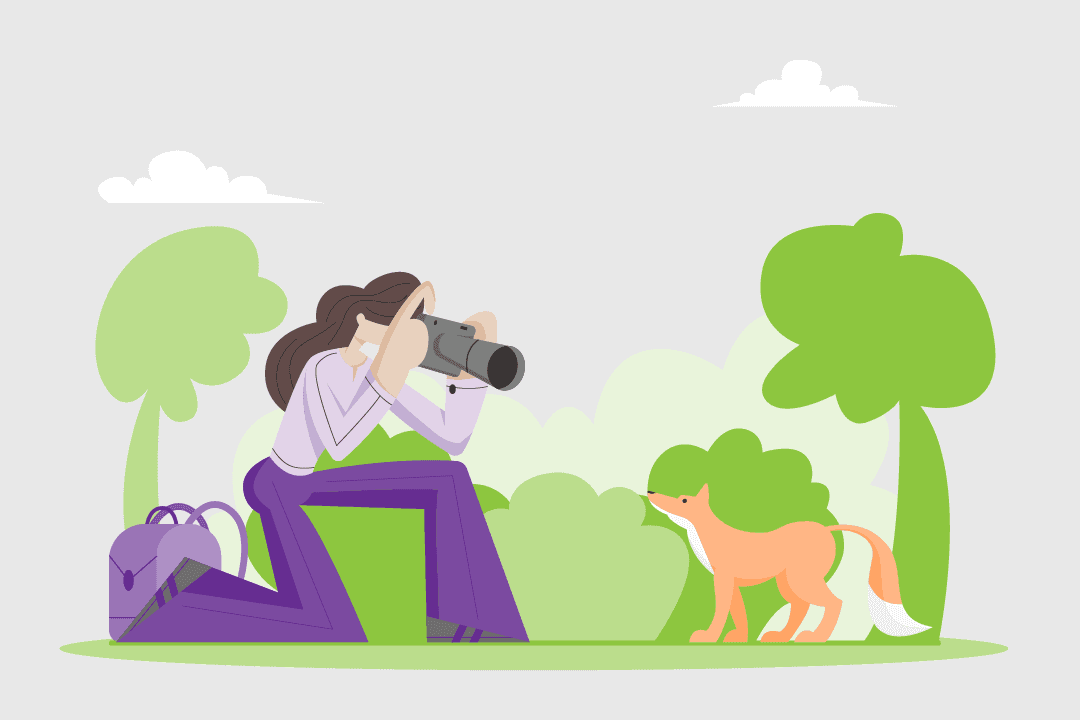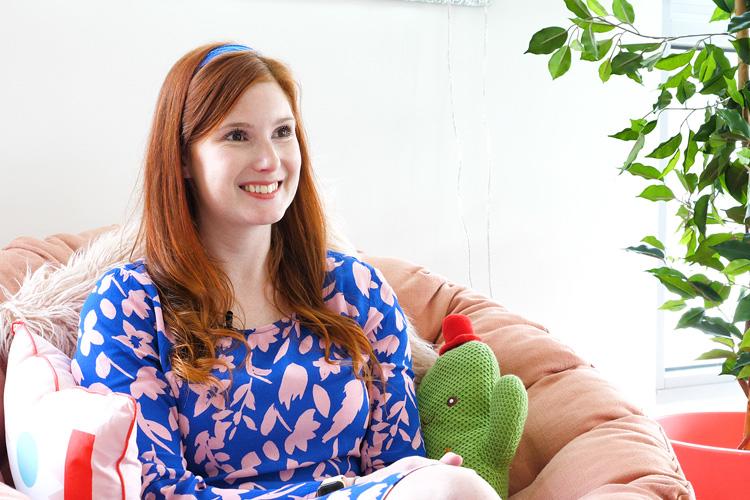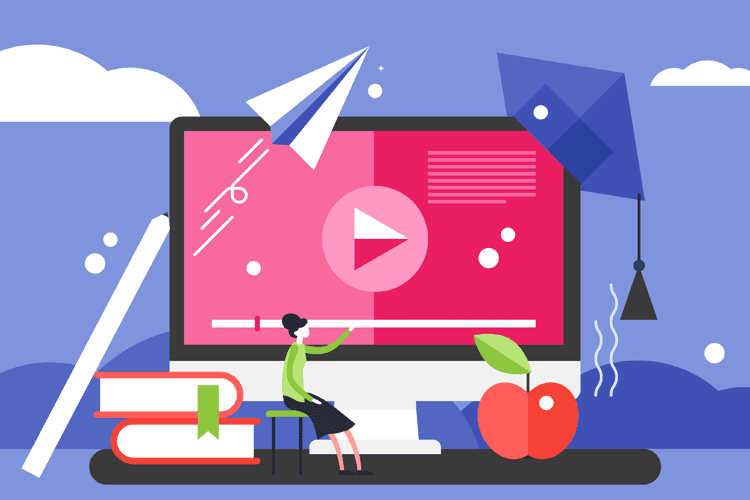Graphic designer job description
Let’s get real. Job information online can often be overly optimistic — conveniently glossing over the raw bits. But when you’re making decisions about your future, you need all the facts.
That’s why we anonymously surveyed graphic designers about their job, with hopes of getting an honest insight into what it’s really like.
While we did our best to ensure respondents were Australians and verified their job titles with proof of employment, we can’t guarantee complete accuracy — or that your experiences in the field will reflect theirs. So, we suggest that you take these insights as a guide only and try to talk to people in the field before making an important decision.
Tasks and responsibilities for a graphic designer
What do graphic designers do? Key tasks and responsibilities include:
- Talking to clients to understand what they want from a graphic designer
- Agreeing upon graphic design briefs
- Creating job quotes that estimates the time and costs required for contracted design work
- Advising clients on different design approaches you can take
- Formulating ideas and concepts for a design
- Presenting different design options to clients and listening to their feedback
- Using design software to make fresh designs that meet the brief
How to become a graphic designer
-
Study
Although no specific formal education is required to work as a graphic designer, it is common to hold a tertiary degree in graphic design or a related area. During your study there may be hands-on work experience or internship opportunities.
-
Build your graphic design portfolio
When applying for graphic design jobs, potential employers will want to see what you’ve designed in the past so they can get a sense of your abilities and style as a professional graphic designer. You can build your portfolio through study, making logo designs on a volunteer basis for other organisations, or simply by creating your own briefs and designs.
Pathway options
Junior
-
Junior graphic designer
Most common qualification: Diploma of Graphic Design (CUA50715)
Mid
-
Graphic designer
Most common qualification: Diploma of Graphic Design (CUA50715)
-
Product designer
Most common qualification: Advanced Diploma of Creative Product Development (CUA60420) -
Visual designer
Most common qualification: Diploma of Graphic Design (CUA50715)
Senior
-
Art director
Most common qualification: Diploma of Graphic Design (CUA50715)
-
Creative director
Most common qualification: Diploma of Graphic Design (CUA50715)
Explore related qualifications
Qualifications that are relevant to future graphic designers are available throughout Australia. Relevant courses may be available for online learners or delivered in-person, or a mix. Courses cost different amounts depending on the area of study and whether you are eligible for Commonwealth government support.
Certificate IV in Design (CUA40720)
In this course you’ll learn all about design generally, including graphic design. You’ll learn about design elements and principles, typography and logotype design, branding, creative processes, critical thinking, using design software, digital media and multimedia, and work health and safety practices. You’ll also have opportunities to build a strong portfolio. The course takes six months of full-time study (or part-time equivalent) to complete.
2 providers offer this course


Diploma of Graphic Design (CUA50715)
This course will give you the fundamentals of graphic design theory and practice. You’ll work to develop designs to briefs to build your portfolio. You’ll also learn about the history and theory of visual communication, 2D and 3D graphic design, and more. The qualification takes 12 months of full-time study (or part-time equivalent) to complete.
1 providers offer this course

Bachelor of Design (Graphic Design)
University-level courses mix theory and practice. This allows you to build a job-ready portfolio as well as hone your research and communication skills. You’ll learn all about different design traditions, undertake workshops, and see graphic design in its cultural context. A Bachelor’s degree takes three years of full-time study (or part-time equivalent) to complete.
Related subjects
If you’re interested in graphic design, you may also like to explore:


